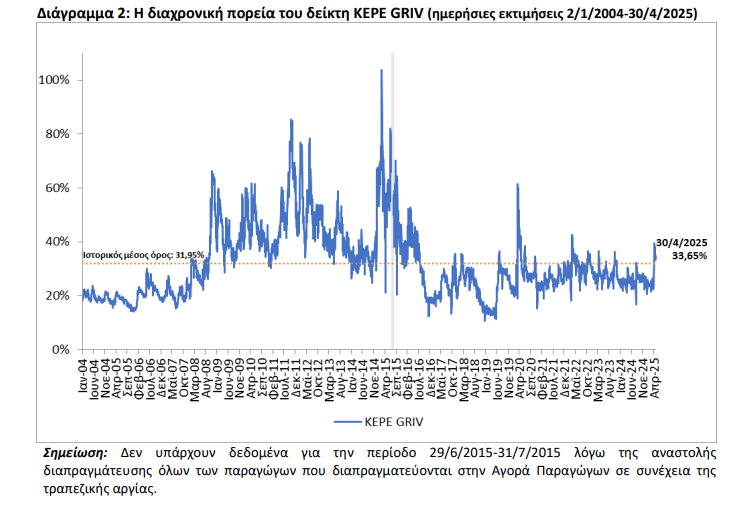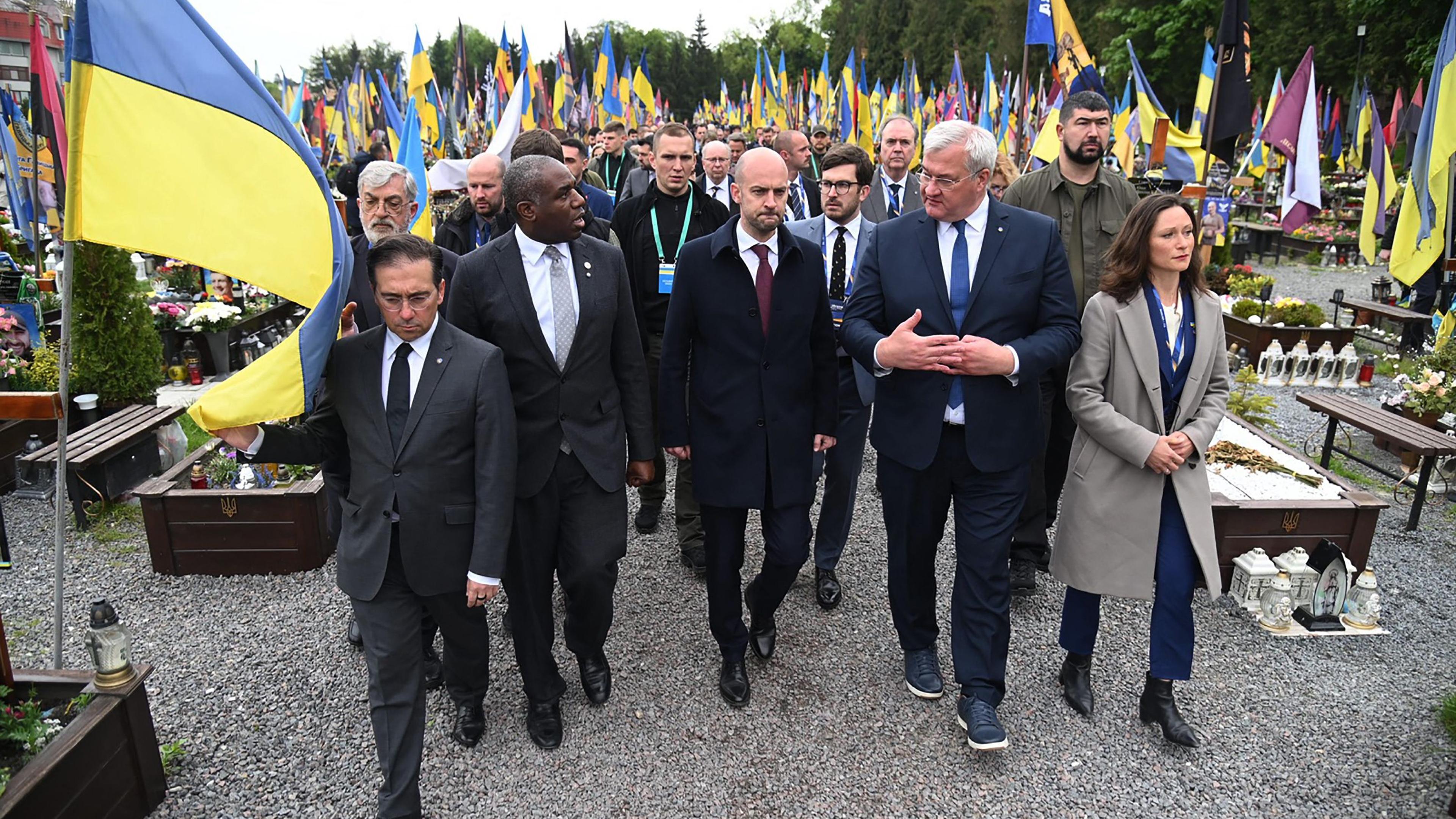In Zaporijia, the school sheltered from bombs thanks to underground classes – Liberation

What solutions offers architecture to adapt to the unpredictability of the world, rethink the existing and imagine new ways of living in space? A file carried out in partnership with the French Institute on the occasion of the Venice Architecture Biennial 2025. All articles are to be found here.
How, while the missiles strike and rain the bombs, Maintain Ukrainian youth at school ? In what places, above all, secure and welcoming, maintaining the flame of the educational, face -to -face and collective link? Since 2024, in the oblast of Zaporijia, the authorities, supported by architects, have experienced a new, innovative and constrained solution to do this: a large withdrawal.
Like so many other sides in the life of Ukrainians, education is very hard touched by Russian military lightning that has been falling since 2022. « The large -scale war has disrupted the education of around 4 million Ukrainian children, forcing around 600,000 students to fully distance learning », Heavy, from Kyiv, Anastasia Stepula from Kyiv, from Ukrainian Child Rights Network, a Ukrainian children’s rights NGO. At least 3,000 schools have been damaged and more than 300 destroyed, or more than 10% of the country’s total schools. The social consequences are major: « This access hampered in school results in considerable learning losses and has a negative impact on mental health and the development of children’s social skills. »
In Ukraine, the underground withdrawal was first spontaneous: in the heavily bombed cities, like Kharkiv, improvised schools were quickly born in metro stations. The objective is now to perpetuate and consolidate this strategy, as in Zaporijia, therefore, where the regional governor Ivan Fedorov mobilized architects to multiply these shelters.
French Martin Duplacentier is one of them. His agency, which urgently set up a team in Ukraine in March 2022, in Kyiv and Lviv, designed a new underground school model, which must take over from the first eight establishments buried already built in the sector in 2024. « The idea is to start from existing schools and to found, by digging in the courtyard, a bis school 7 meters deep, which is anti-bomb and anti-radiation », explains the architect. HAS Zaporijia, the proximity of a vulnerable nuclear power plant add an additional major risk. If the funding is united, a dozen of these new schools should be built in 2025, and others are planned in the Kherson region.
The architectural challenge is formidable here: make bearable, and perhaps even cheerful and rejuvenating, a confined school life, without natural light or view of the outside. « One of the responses is the absolute flexibility of spaces », underlines Martin Duplacentier. It is indeed necessary to be tricky so that the plurality of school time activities can be deployed in the 900 m² provided by school. Like these convertible classrooms easily and quickly in a playground for students. The choice of forms, too, to break the feeling of confinement. “We drew from classical architecture, by summoning vaults and domes. Very resistant to shocks and impacts, they give indoors a feeling of cocoon, protection. ” Another recourse, that to « High-tech tips », Like optical fiber to convey the natural surface light to the depths.
The whole thing, thinking of the future: designed in wartime, the development plan is also a functional in peacetime. The underground spaces could then be reconfigured in places for musical, sporting, artistic practice, etc. On the surface, the landscape is modulated in waves, inhabited by trees.
This is indeed the other horizon of these projects: beyond the emergency, floor on what could be the school of tomorrow in Ukraine, for, in the open air this time, rebuilding otherwise. The inheritance to be updated is double here. He is first institutional and political: “Ukraine retains one of the highest rates of children placed in institutions and segregation in special schools, Recalls Anastasiia Stepula. Reconstruction must be an opportunity to break with this isolated and weakens, and to invent an inclusive and comfortable school for each child, whether disabled, whether it has special educational needs, mental health problems or any of this. ” He is then material and cultural.
“80 % of Ukrainian schools were built and standardized according to Soviet standards, very oriented on the collective and the formal, to the detriment of individuality and informal, Note Martin Duplatier, who works precisely on an atlas of the existing building in Ukraine, to be published this year. When rebuilding their schools, adapting or transforming the existing will be one of the questions that the Ukrainians will have to decide. ”








